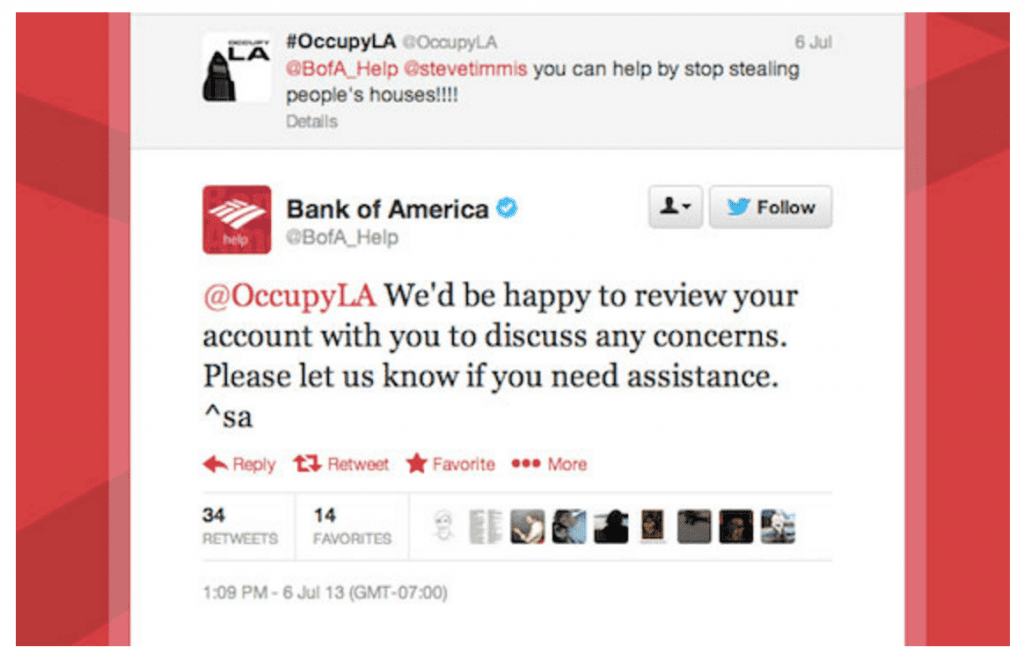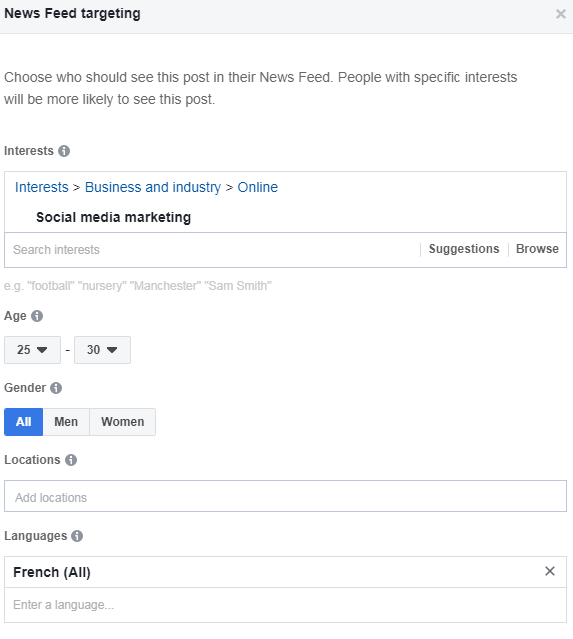Poorly executed automation in social media marketing is something we often find in businesses that have become idle with their social media – placing it firmly at the bottom of their priority list. We often see the same duplicated content being published across platforms, with little to no engagement.
In one recent case I’ve personally experienced, a business was not only automating their LinkedIn posts on their company page, but also on their employee’s profiles. These were all scheduled to be published at the same time and duplicated word for word. Meaning if you were associated with multiple employees, it didn’t take long to uncover.
That’s not to say that automation is entirely redundant though.
When used correctly, automation can be a great asset to any social media strategy. Although as users become more familiar with the social activity of businesses and public figures alike, it doesn’t take much for them to realise they’re engaging with a robot.
So, when you’re incorporating automation into your social media strategy this year, consider these 5 helpful tips for optimal engagement:
1. Engagement
Although you have the ability to automate your posts, it’s important to remember that genuine user engagement cannot be automated. That’s why no matter what techniques you use to publish your content, monitoring user engagement is a manual task which must be constantly undertaken.

Whatever purpose you intend to use social media for, you will likely receive questions and queries from existing customers, enquiries from prospective customers, PR requests and more. So it’s no good responding to questions or queries three days after the initial interaction.
How can you accomplish this task without it taking too much of your time? Set up email alerts to notify you of any type of engagement on each platform you have a profile on. Use a group email address which includes everyone on your marketing team, that way you’re not relying on one person to deal with everything.
2. Current Events
If you have a content marketing plan in place, then it’s likely to include social posts pre-written with the intention for them to be published on set dates and times. Once they have been scheduled, it’s all too easy to sit back and forget about them. The risk of resting on your laurels however is that current events may result in the posts being inappropriate and – in extreme cases – a PR disaster waiting to happen.
One cautionary example of this is when Tesco scheduled generic tweets which signed off their activity on Twitter at the end of each day. On this particular day however, a memorable PR disaster had materialised – Tesco had been accused of selling beef burgers which were contaminated with horse meat.
The scheduled tweet that then went out at the end of the day turned out to be…shall we say…ill-fated:

3. Targeting
The ability to schedule posts when targeting a global audience provides an opportunity to produce content that’s aimed at users in specific time zones, as well as languages based on their geographical location. This can be accomplished without requiring someone from your marketing team to draw the short straw and stay up all night.
To achieve the best results when scheduling for the purpose of targeting, it’s wise to review the insights provided by each social platform you use to ensure you’re targeting specific audiences at the ideal time to achieve maximum exposure.

4. Third Party Tools
Initially, third-party social management tools were a godsend for any marketing team. They provided valuable insights, scheduling capabilities and monitoring – the likes of which Facebook, Twitter and LinkedIn did not. However, these social platforms have evolved and are now able to provide the majority of these features directly.
One of the relevant issues here is how third-party tools often don’t utilise the features available on the social platform. For example, a common trait of a brand using a third-party tool is how they post the link within the copy, instead of utilising the link snippet feature. This is likely to result in less clicks as a result. That’s why it’s better to schedule your posts directly on the social platform where possible.
5. Duplicate Content
If you’re automating content through social media, make sure you’re not duplicating content you’ve already published, hour after hour, day after day. With algorithms now in place on social media platforms that only show the most relevant content to users, all you’re accomplishing is diluting any engagement you receive and reducing your visibility.
Additionally, make sure it’s not being published at the same time on every platform, using the same copy and media. Instead, vary the timings so that each one is published independently – even if it’s by just a few minutes. Set the time randomly as opposed to exactly on the hour. Try to diversify the copy on each platform to appeal to your different audiences.
Hopefully these tips will help you utilise the convenience of automated social marketing for maximum exposure, without compromising the reputation of your business in the process.
Want to make the most of your social media presence? Find out how our experienced social marketing specialists can help – contact us today.
